As a property management company, it’s crucial to have a strong online presence to attract new clients and stay ahead of your competitors.
So how do you stay ahead? You stay at the top of search results on Google.
One of the best (and often overlooked) ways to do that is by owning the Local Map Pack, which is also known as the local 3 pack. This map appears on Google Search right beneath paid ads and just above organic search results.
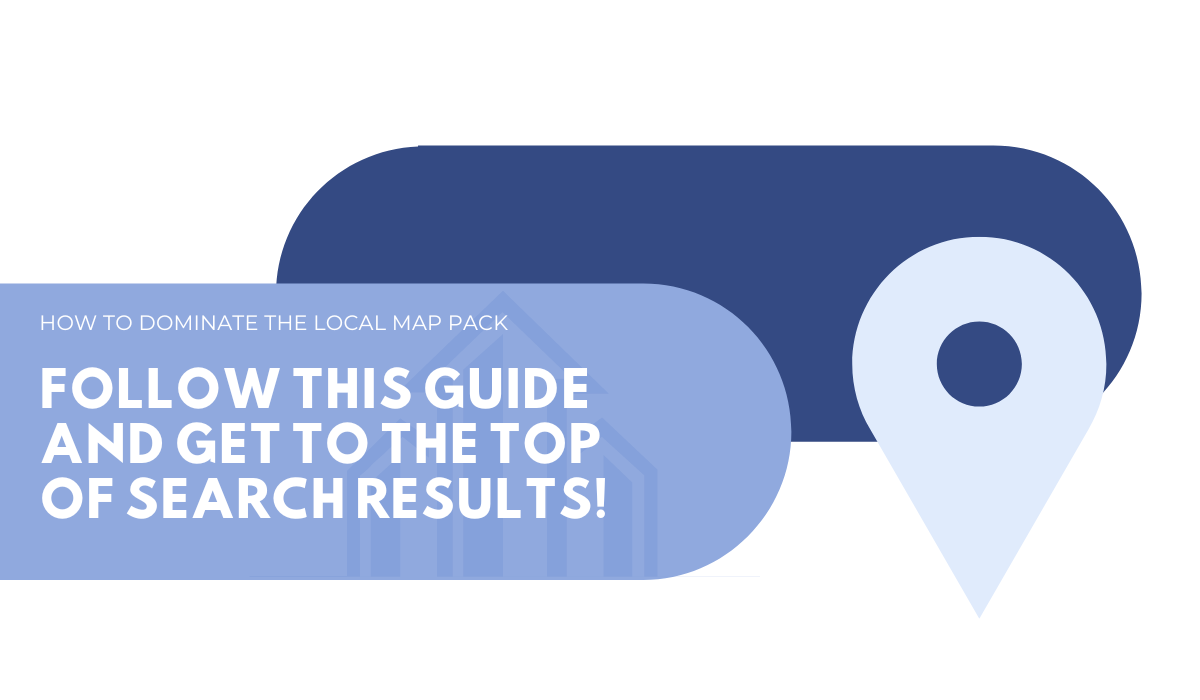
This placement takes up significant space and is a valuable lead generation opportunity for property managers. You may be wondering how to dominate google search results as a property management company.
Luckily, helping property management companies dominate the Local Map Pack is what we do.
Let’s dive in, and by following this guide, helping you dive head first into the Local Map Pack!
How Does the Map Pack Work?
Why do other property management companies consistently appear in the map pack when you know your business also deserves a Google Map link?
It may seem like a mystery, but don’t worry, we’re here to help you solve it.
There are three main factors that determine what profiles appear in the Map Pack: Relevance, Distance, and Trustworthiness.
If you want to be included in the local map of businesses that specialize in property management, keep reading!
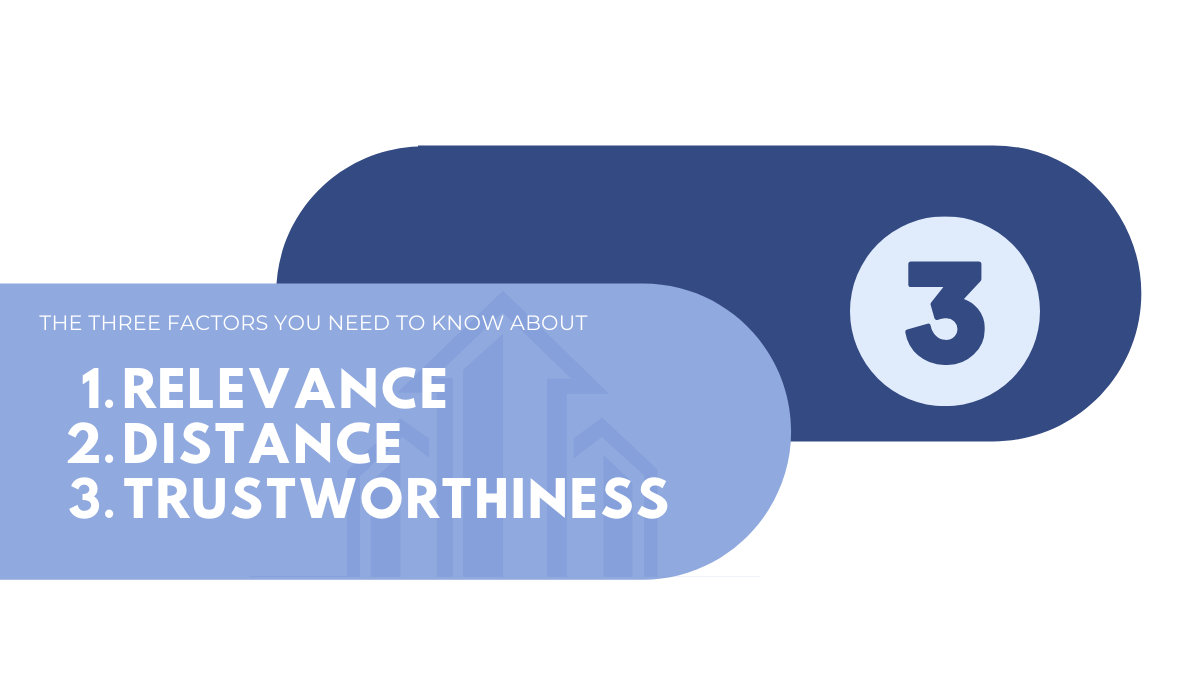
Relevance is all about how well your business matches what the user is searching for.
If a landlord is looking for property management services in Phoenix, Google will show the most relevant results in the Map Pack.
So the mystery is: how do you make sure Google sees you as relevant?
We’ll show you how to solve the mystery later in this post when we look at how to optimize your Google My Business profile.
Distance is also crucial. Think location, location, location. After all, it is called the Local Map Pack for a reason. Your focus should be dominating the Local Map Pack for the main location you serve–where your office is located.
Distance plays a key factor, because like a good joke, Google hits close to home.
Imagine searching for a new restaurant, only to find that the restaurants shown in the map pack are a 40 minute drive from where you live. That’s not very helpful!
That’s also exactly why distance is a critical factor that Google considers when determining what profiles appear in the map pack.
Trustworthiness is the final factor we’ll be looking at.
You need to consistently get quality reviews from clients, as this builds trust in the eyes of Google.
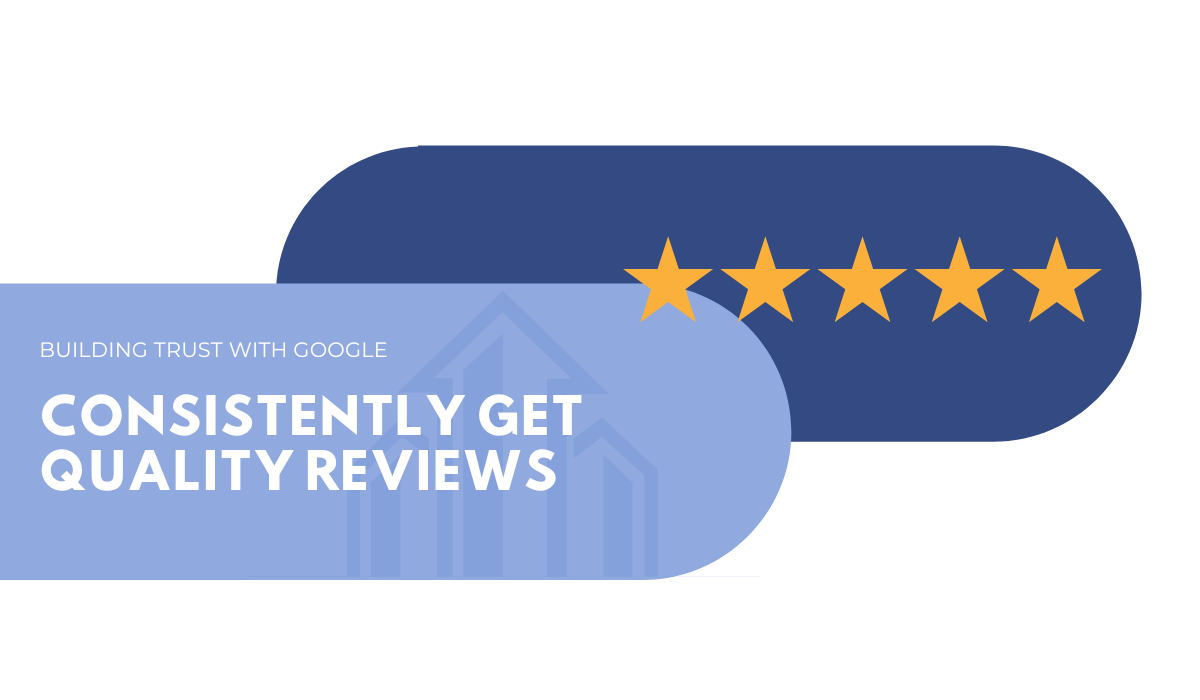
Not only that, but you need to assess your competition and make sure that Google keeps its eyes on you.
For example, maybe you have 50 reviews, and your average star-rating is 4.2. Hey, not bad!
But let’s say your competition has 150 reviews with a star-rating of 4.5. Hey, that’s even better.
Trustworthiness in the eyes of Google also extends other factors like the onsite optimization of your website, backlinks, and quality citations.
There you have it, how the Map Pack works. Time to unpack and get started. Read on for all the detail you need to know to dominate!
Relevance
If you haven’t already done so, start by claiming and verifying your property management company’s Google My Business (GMB) listing.
Make sure to provide accurate and up-to-**** information, including your company’s name, address, phone number, website, and business hours.
Having accurate and up-to-**** information is essential, and the first step when looking at relevance.

For Google to see your GMB profile as relevant, and take notice (placing you in the Local Map Pack) you’ll need to make sure your Google My Business profile is properly optimized.
We have an entire blog dedicated to optimizing your property management company’s GMB, but we will break it down for you here as well.
Once you have claimed and verified your GMB, as well as added your company name, address, phone number, website, and business hours, take these next steps:
Fill out your business profile
Select the primary category to describe your business. Google will give you several options to choose from, so make sure you select the most relevant one. Even though you can select multiple categories, don’t overdo it. Our recommendation is to keep it to one or two.
Describe your services. With your category selected, it’s time to describe your services. Within your profile, go to the services section and enter the services you provide. Some common ones to include as a property management company are Maintenance, Marketing, Tenant Screening, Financial Reporting, and Rent Collection.
You have the option to write a short blurb about each service.
Look at this option as an opportunity.

When writing about your services, you have the opportunity to include important keywords like your main service area.
For example, you can include something like “Phoenix marketing experts” rather than just “marketing experts.”
SEO is a balancing act though, so don’t stuff too many keywords into your service area section. The goal is to tip the scale in your favor, and not the opposite direction.
Add your service areas
To add your service areas, go to the info section and scroll to service areas.
This is where you can add the cities, counties, and zip codes you offer your property management services in.
Include Photos
Google My Business allows you to add photos to your profile, and you should take advantage of this!
Consider including photos of properties you manage, your office, and your team.
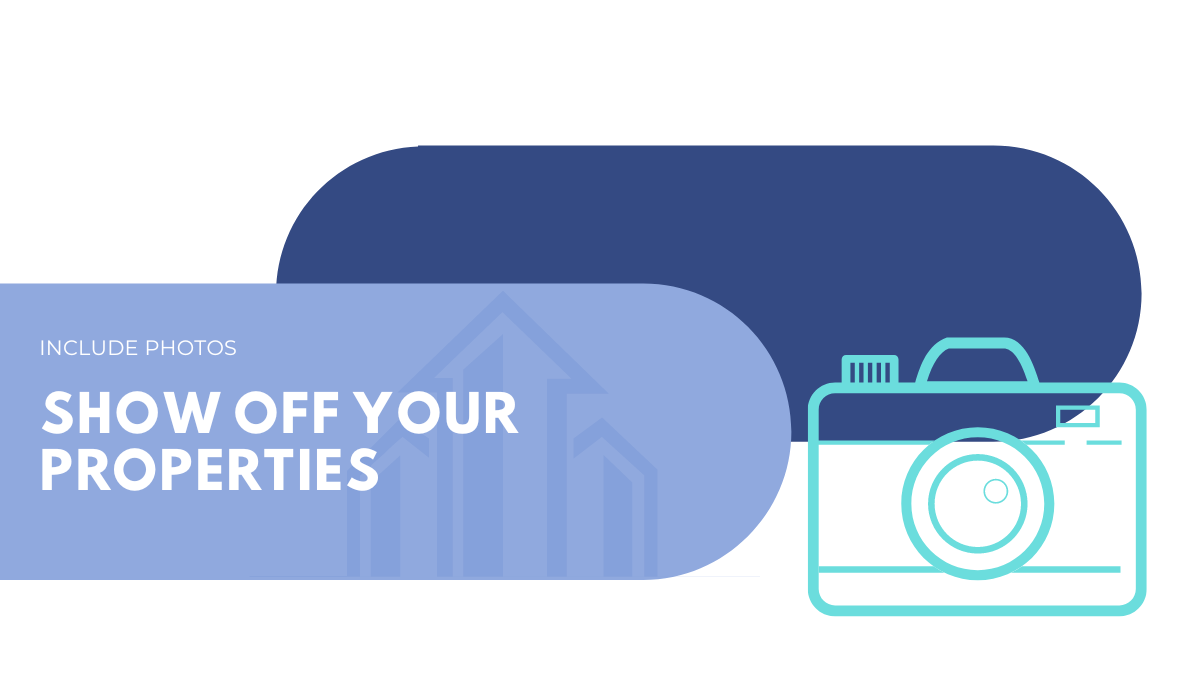
Adding great photos can help you stand out from your competition, show off your properties, and give leads an actual glimpse of what you offer.
Distance
If you have followed the steps outlined above, then you have gone the distance.
By that, we mean you have laid down the groundwork of distance, which we know is one of the three most important factors when it comes to dominating the Local Map Pack.
By filling in your business profile with accurate information, adding information about your services, including photos and high-quality local content – you are sending strong signals to Google regarding not only the physical address of your office, but your service areas and main service area.
Remember: optimize your profile for the area you are physically located in.
You can only go the Distance, if the distance is within reason.
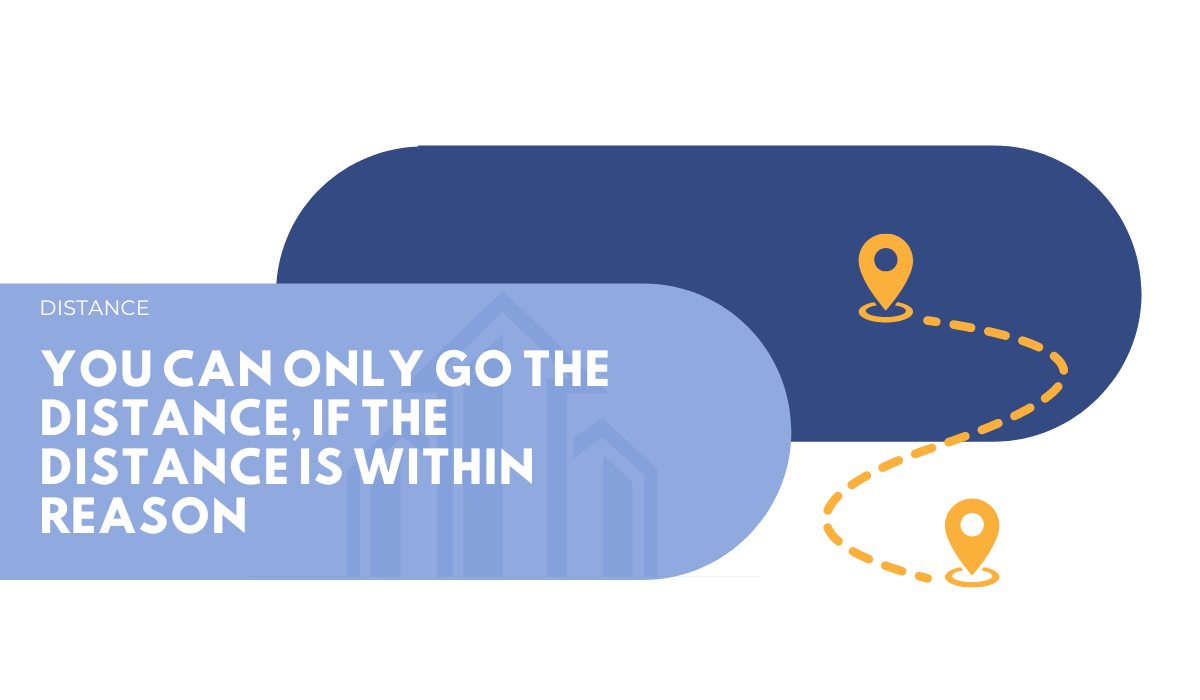
Let’s look at these two examples:
- Say you are a property management company in Phoenix, AZ and Phoenix is your main service area. Great! Nice and simple.
- But let’s say you are a property management company in Tempe, AZ and you want to optimize your profile for Phoenix because you want to get more business there. This is not so nice and simple.
Since you are physically located in Tempe, AZ, your chances of appearing in the Local Map Pack in Phoenix are slim to none, even with expert optimization.
Why? In the eyes of Google, you can’t go the distance.
Imagine it is an actual race to appear in the Local Map Pack.
You are running against companies who are physically located there. Companies located in Phoenix will win the race before you have even laced your shoes.
Being located in Tempe, AZ, you can’t beat the race to Phoenix. So it’s best to focus your strength where you can, and start preparing for the race (optimizing your profile) in Tempe.
Trustworthiness
Every relationship is built on trust, and that goes for your relationship with Google.
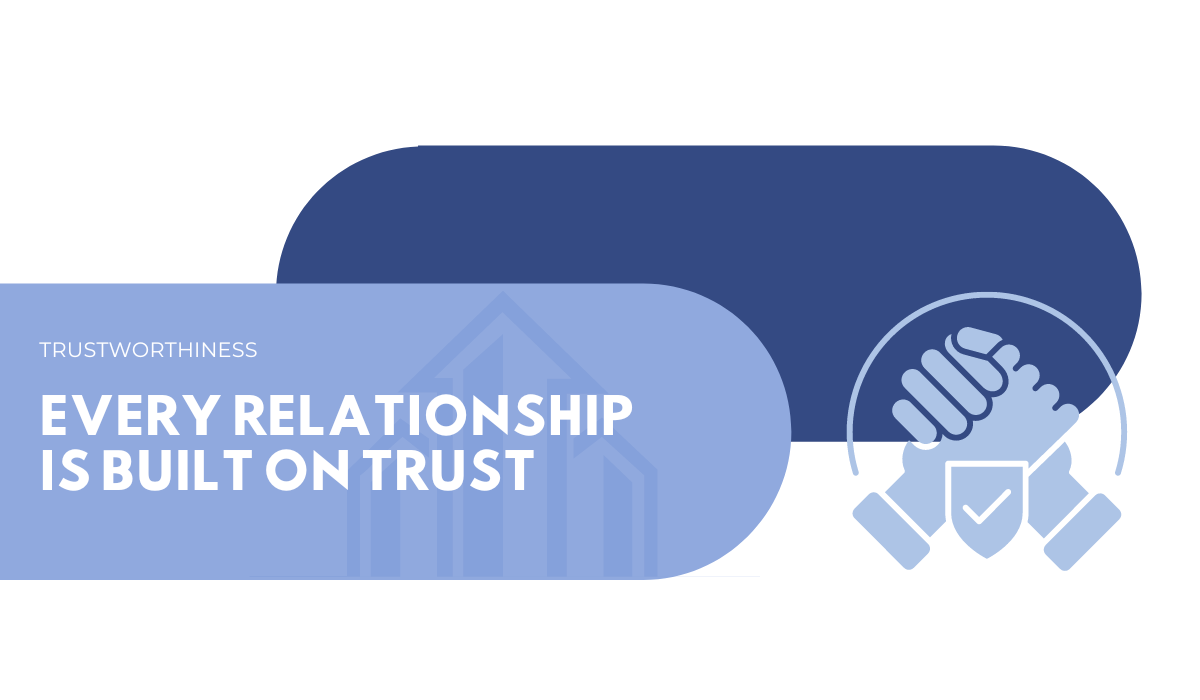
You need to show you are trustworthy, but let’s be honest–your relationship with Google is pretty different from any other relationship in your life.
To build trust in the eyes of Google, you need to establish the online credibility of your property management company.
According to BrightLocal’s 2023 Consumer Survey “46% of consumers feel that online business reviews are as trustworthy as personal recommendations from friends or family.”
So how do you build trust? Consistently getting quality reviews!
The best way to do this is to start by asking current property owners, as well as tenants, to leave you a review on your Google My Business profile.
You can also reach out to past owners and tenants.
Create a process for consistently acquiring new reviews and stick with it.
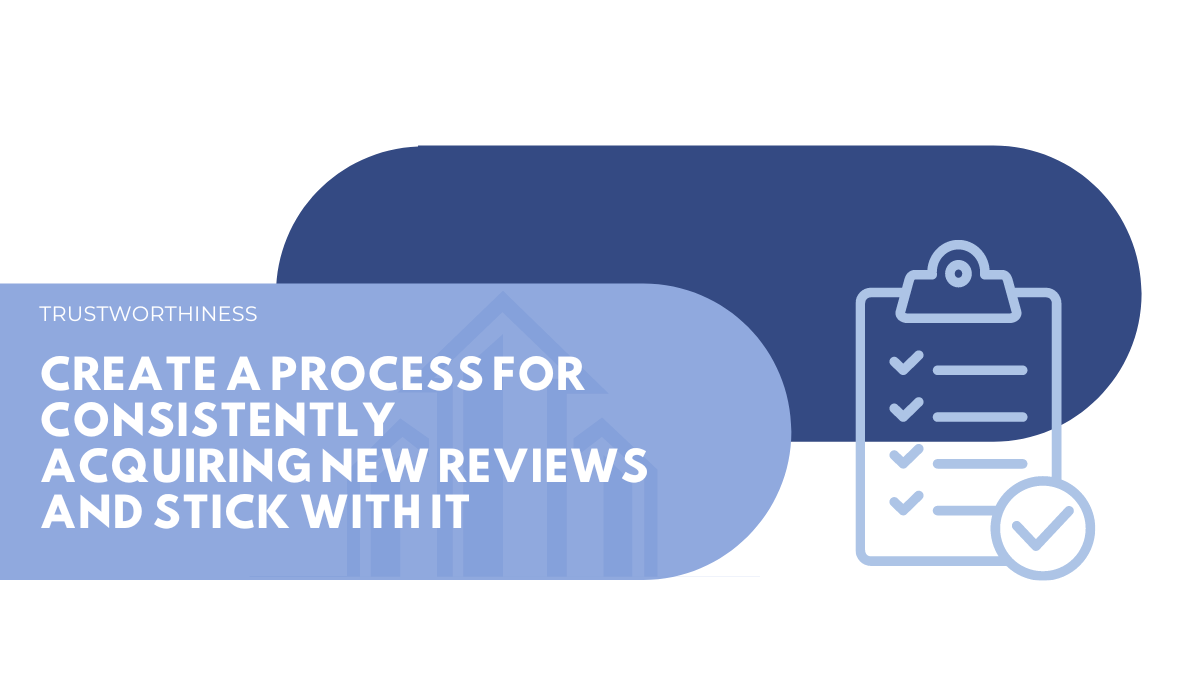
The easiest way to do this is by using automation.
Did you know that you can automate emails for review requests? Or even better, that you can have someone else manage your online reputation on your behalf?
At Upkeep Media, we handle all aspects of online marketing for our clients, and this includes getting reviews. You just send us a list of anyone you would like us to reach out to for a review, and we take it from there!
Onsite Optimization
There you have it, folks! So far, you’ve learned how to optimize your Google My Business for Relevance and Distance, and how to build trust in the eyes of Google.
Following the steps outlined above, you are well on your way to dominating the Local Map Pack. There’s a bit more to it though.
You didn’t think we were going to let you off that easily, did you? That’s because consistently appearing in the Local Map Pack isn’t easy, and you need to do everything you can to stand out from your competitors.
Not only do you need to have a GMB profile that Google loves, you also need to strengthen your website for local SEO.
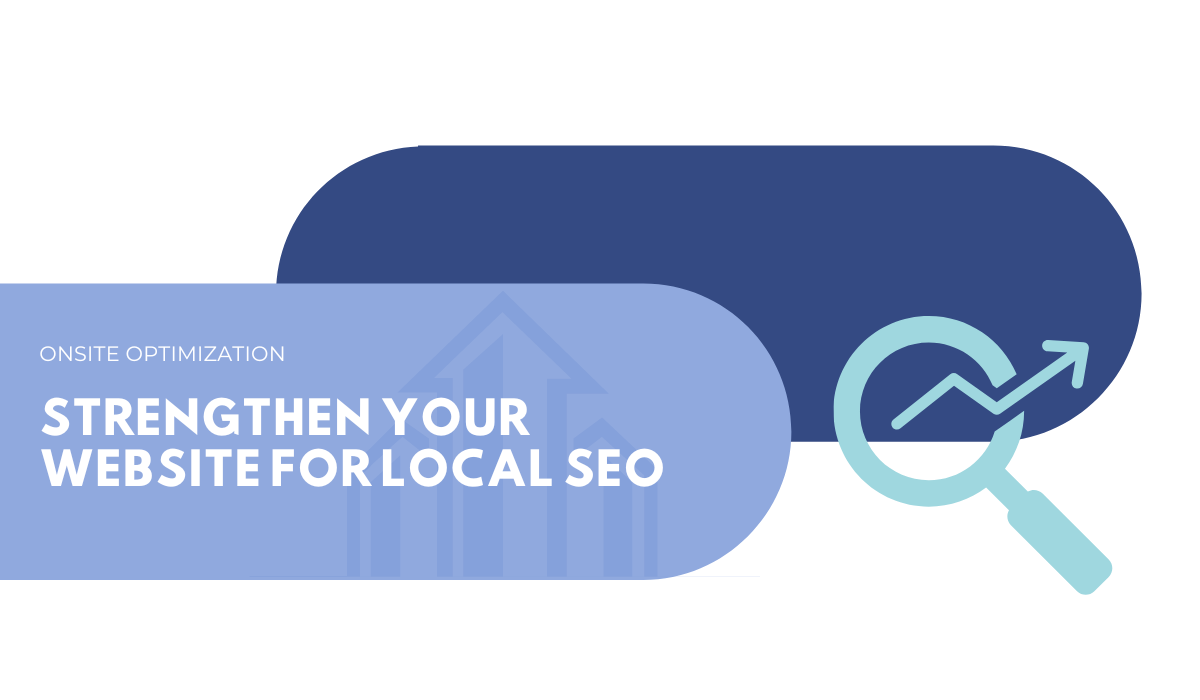 This is where Onsite Optimization comes in. We’ll be looking at four factors that work together to strengthen Relevance, Distance, and Trustworthiness.
This is where Onsite Optimization comes in. We’ll be looking at four factors that work together to strengthen Relevance, Distance, and Trustworthiness.
Ready to dive in again?
Website Optimization
Onsite optimization of your website is essential for SEO. There is a lot more to SEO than what we will cover here, so we recommend you also check out our blog post on SEO for Property Management Companies.
Here are three key factors to get you started with onsite optimization!
H1 (First Heading)
Your H1 is the first title on the page and should catch the attention of the visitor while giving Google more information about what the page is about.
To optimize it, update it with local keywords and include your location and service, like “Property Management Services in Phoenix.”
Description
Refresh your website’s description by writing about your property management services while adding in the local city names you serve.
Name, address, and phone number (NAP)
Ensure your NAP is updated correctly on your website and matches exactly what is on your Google My Business listing.
Consider adding this section to your website footer to make it easily accessible to visitors.
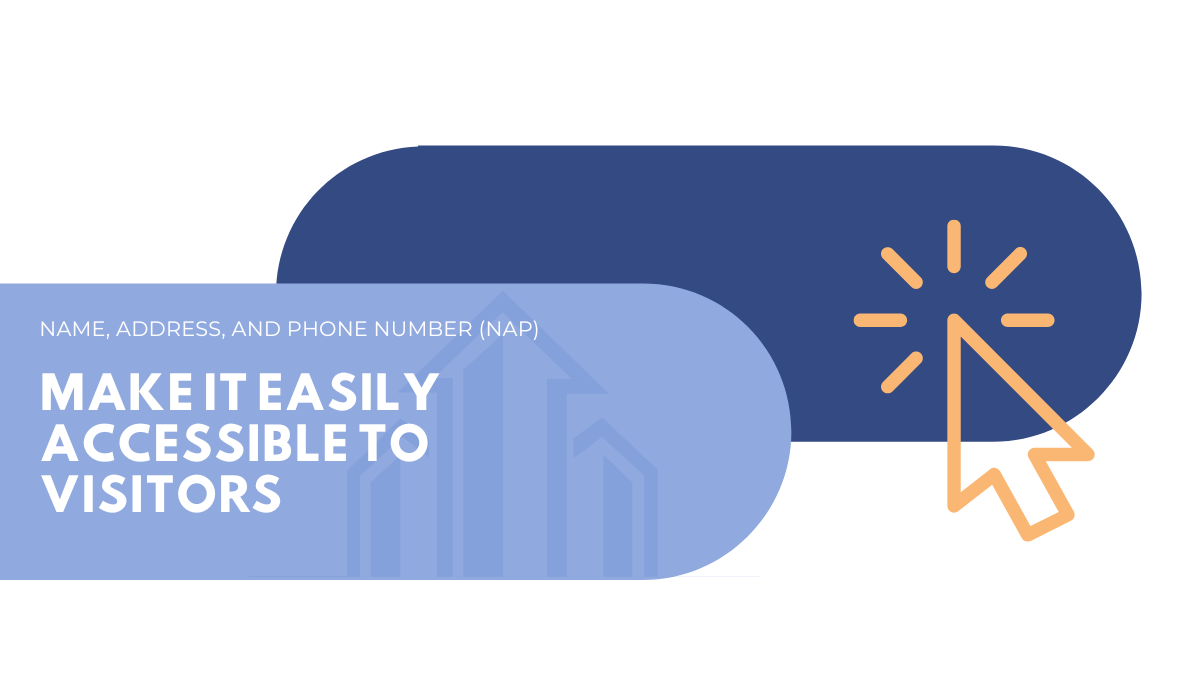
By optimizing these three elements, you can improve your chances of ranking higher in the Map Pack and attracting more leads for your property management company!
Create High-Quality Content
Creating local content can be a great way for your property management company to rank higher in the Map Pack.
Here are some examples of the type of posts you can consider creating when you target Google maps to improve your local pack results:
- A case study featuring a happy client and the property you manage
- Listings for available properties you manage (with photos)
- A post that provides useful information for someone looking for property management services
The possibilities for creating local content are endless as long as your content is helpful and original.Creating this type of content is important because it can help to build trust with Google and improve your company’s search rankings over time.
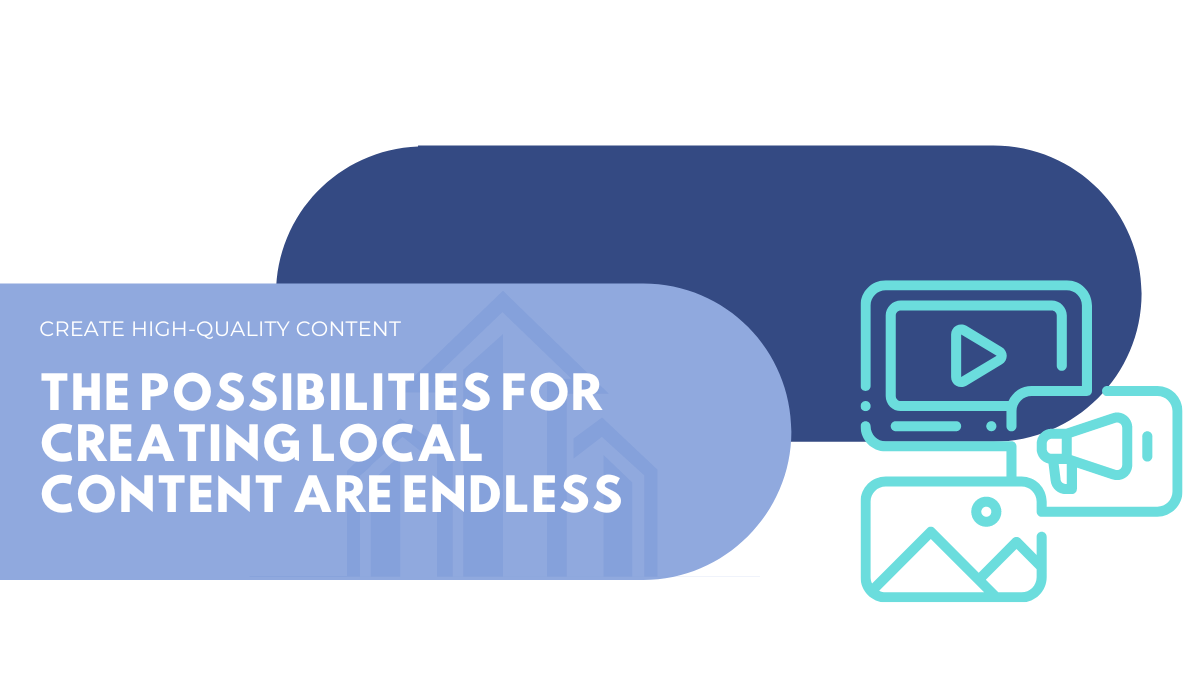
This is also a great opportunity to incorporate keyword research, creating content that focuses on keywords with high search volume, further boosting your traffic.
Aside from blog posts, there are two other important sections on your property management website that can benefit from local content:
- FAQs: Your FAQs should answer the top questions that local property owners and renters are asking about your business. This could include information about your service areas, the types of properties you manage, or your fees. You can also incorporate local terms and to make your FAQs more relevant to your target audience.
- About Us: Use your About Us section to tell the story of your company and its history. Be sure to include details such as when you were founded, where you’re located, and how you have contributed to the local community. By incorporating local cities along with property management keywords in your About Us section, you can improve your chances of ranking higher in the local 3 map pack.
Creating quality local content can help you generate more leads, build trust with Google, and improve your search rankings.
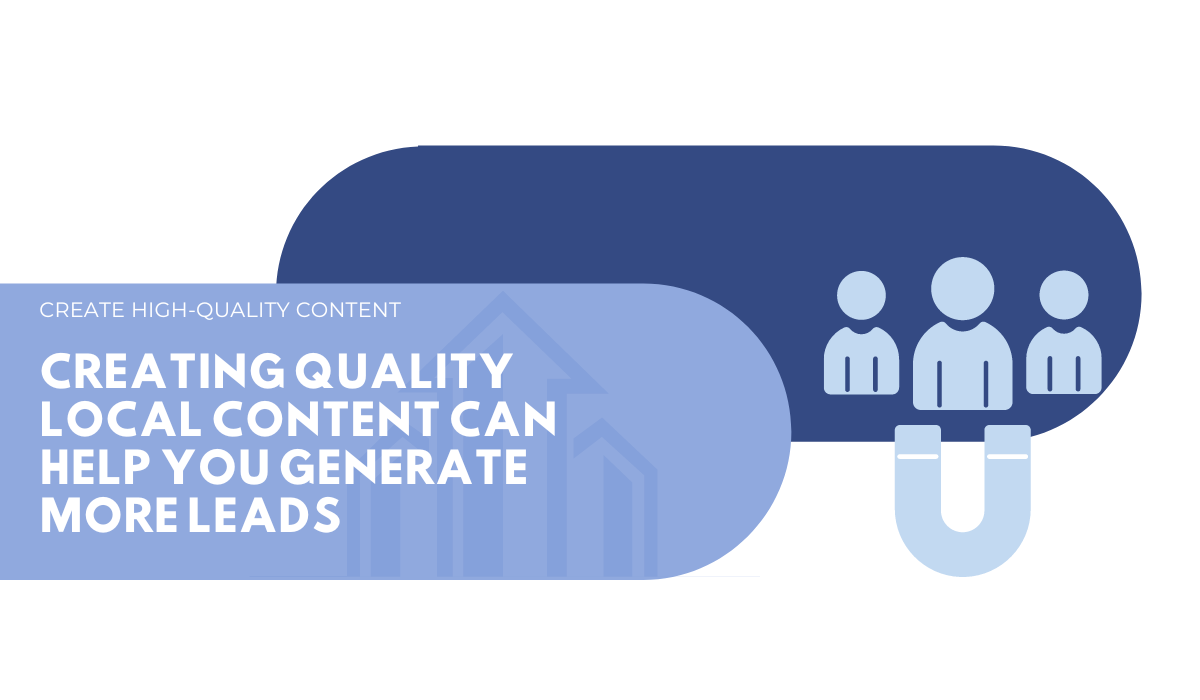
By incorporating locations and keywords into your website and blog posts, you can boost your chances of appearing in the Local Map Pack and ultimately, growing your property management company!
Domain Authority and the Google 3 Pack
Domain Authority (DA) is a metric that estimates how likely a website is to rank higher in search engine results pages (SERP) compared to other websites.
This score is developed by Moz, a software company that provides SEO tools and services.
While DA is a useful number to gauge the ranking potential of a website, it has no direct impact on local SERP results. However, improving your website’s DA has shown to correlate with ranking higher in the Local Map Pack!
Here are three ways to boost your DA:
- Improve your SEO (optimizing your website for relevant keywords, maintaining a clear hierarchy of internal links, updating your website when Google releases an algorithm update)
- Increase the number of quality backlinks to your website (Quality backlinks are links from relevant, authoritative websites that point to your site)
- Be patient (the age of the site and the consistent effort towards maintaining and optimizing the website will naturally increase your DA score).
Boosting your website’s DA will help you rank higher in the Local Map Pack, which is essential for local businesses like property management companies!
Backlinks
If you’ve read anything about SEO, then you know about backlinks.
If you haven’t, that’s ok too! When one website links to another website, that is a backlink.
Backlinks indicate to Google that your website is trustworthy and relevant.
Afterall, another website likes yours enough to be sending a link to it! This, in turn, helps boost your website’s ranking in search results.
Think of backlinks as votes of confidence.
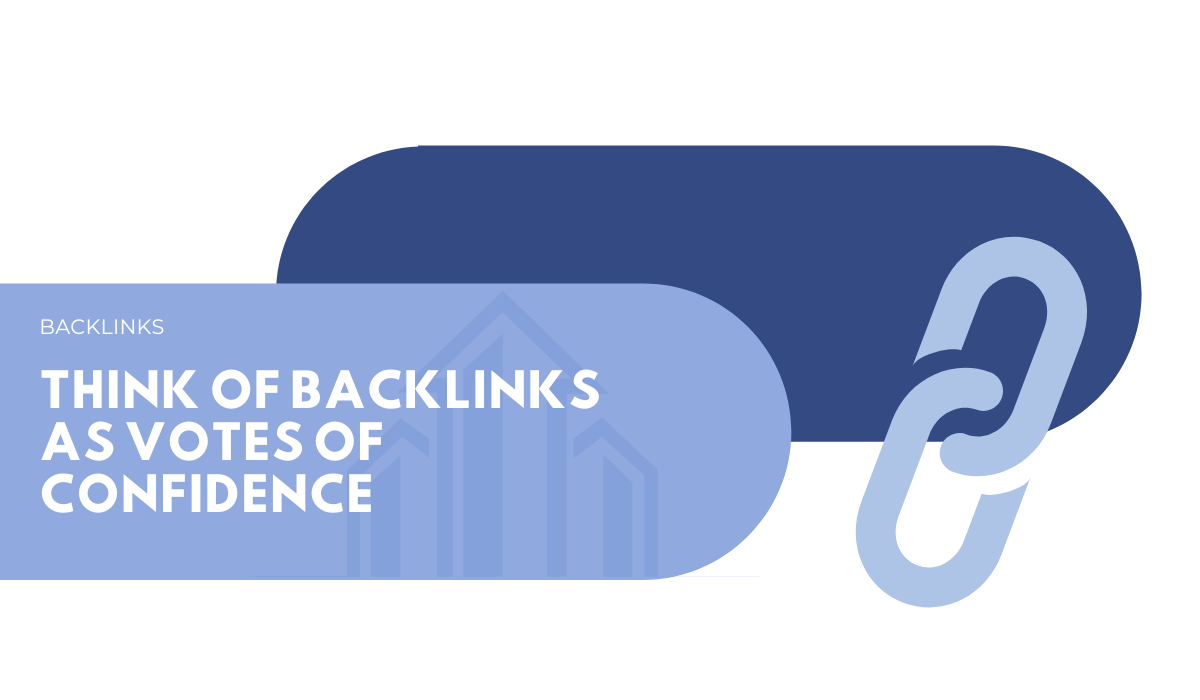
So, how can you acquire backlinks? Here’s our suggested strategy:
- Identify a piece of content on your website that you believe is a useful resource.
- Search Google for related topics or keywords. For example, if your content is about rental property upgrades, search for “most durable flooring for rental properties.”
- When you come across a website with a similar topic, use the Moz Toolbar to check the DA of the page.
- If the DA is comparable to or higher than your site’s DA, and the content is relevant, reach out to the company with a link-building message.
NOTE: Be sure to include the following in your message:
- The name of the company you are reaching out to
- Why you are reaching out to them
- How link-building will be mutually beneficial
- Suggested blog topics
Why do you need to include all of that? It shows the company you are reaching out to that you have engaged with their website, and are taking the time to establish a working relationship based on trust from your very first interaction.
Personally, I receive a lot of messages from companies interested in link-building with us. The ones that stand out, and show that they have taken the time to actually review who we are and what we do are the companies I will respond to.
Personalization goes a long way.
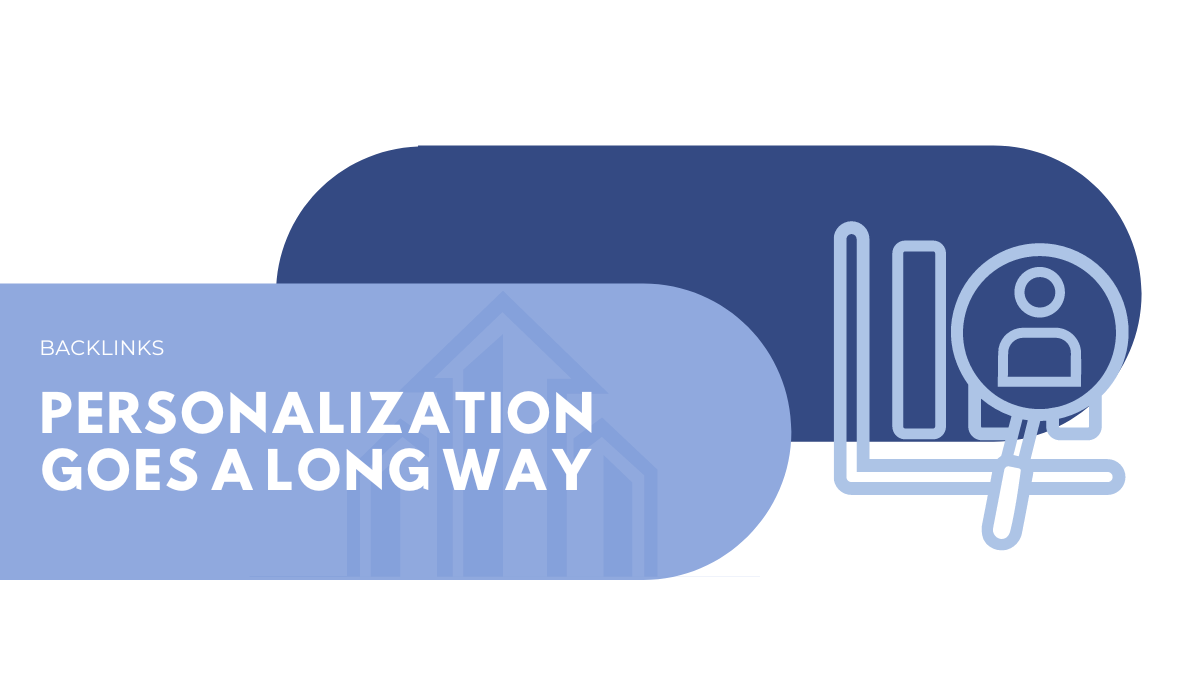
While it may be tempting to send out as many link-building messages as you can, as quickly as possible, you will see better results if you take the time to personalize your email.
Link-building takes time and effort. But with patience and persistence, your efforts will pay off, leading to increased visibility and higher rankings in the Local Map Pack.
Local Citations
You might be thinking: citations, really? I’m not trying to write a research essay here!
Don’t worry, citations take on a different meaning when we are looking at optimization.
A local citation is an online mention of your business name, address, and phone number (NAP).
This information helps people find your business and can also boost your rankings in the Local Map Pack.
Citations matter because search engines like Google use them to evaluate the trustworthiness of your business. And as we know, trustworthiness is a key factor that Google considers.
To maximize the impact of your local citations, focus on these three platforms:
- Local business data platforms: This includes Google My Business, Google Maps, Facebook, and Yelp. Make sure your business is listed accurately and consistently across all these platforms.
- Industry-specific platforms: This includes platforms like Houzz, which are popular in the property management industry. Find the most relevant platforms for your business and list your NAP information there.
- Supplementary citations: This includes any other sites that feature your business information, such as blogs, news sites, or government databases like the Better Business Bureau. The more high-quality and authoritative the site, the better.
To get started with local citations, first, check all your existing citations for accuracy and consistency with your Google My Business listing and your website.
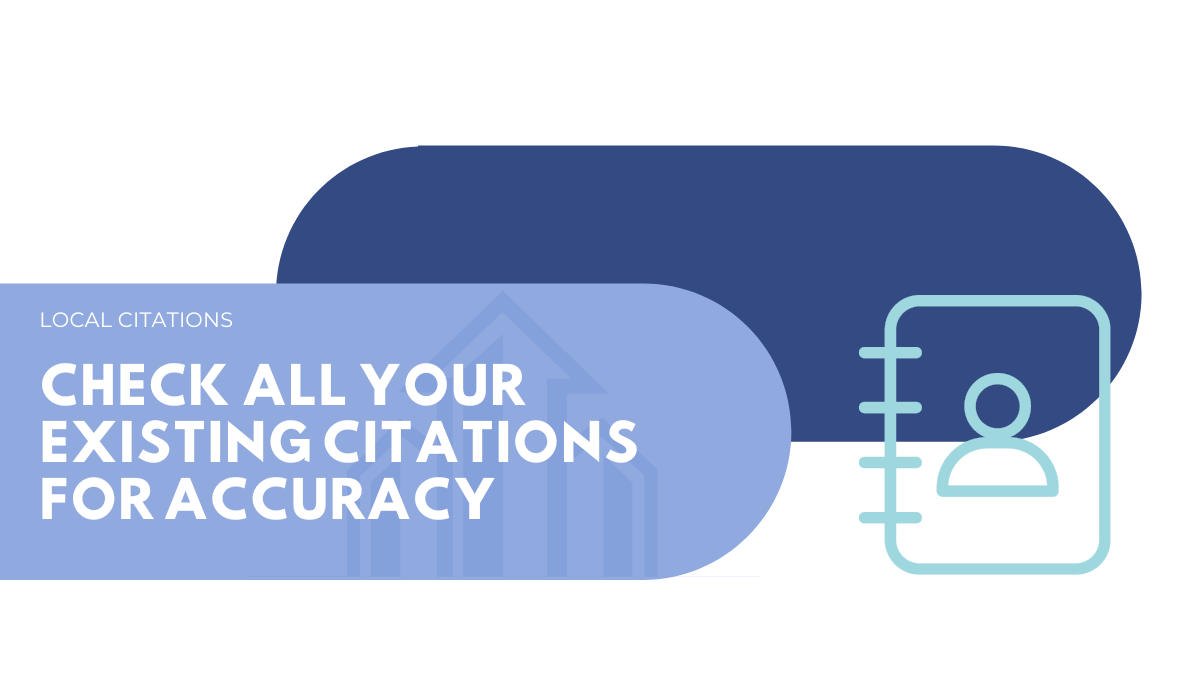
Then, focus on building more citations on relevant platforms. With consistent effort and attention to detail, you can improve your local rankings and attract more local clients to your property management company!
Bottom Line
The Local Map Pack is an important and often overlooked tool.
With almost half of internet users trusting Google reviews as much as personal recommendations from friends and family, we’re happy that you are in on this little secret.
By following the steps outlined in the post, you will be well on your way to dominating the Local Map Pack and bringing in property management leads you can convert into sales.
Effort, consistency, and patience are essential.
At Upkeep Media, we know the importance of the Local Map Pack, and we have the knowledge and resources to get our clients into this coveted space.
Contact us today if you want to learn more about the Local Map Pack, and how we can get you there!
